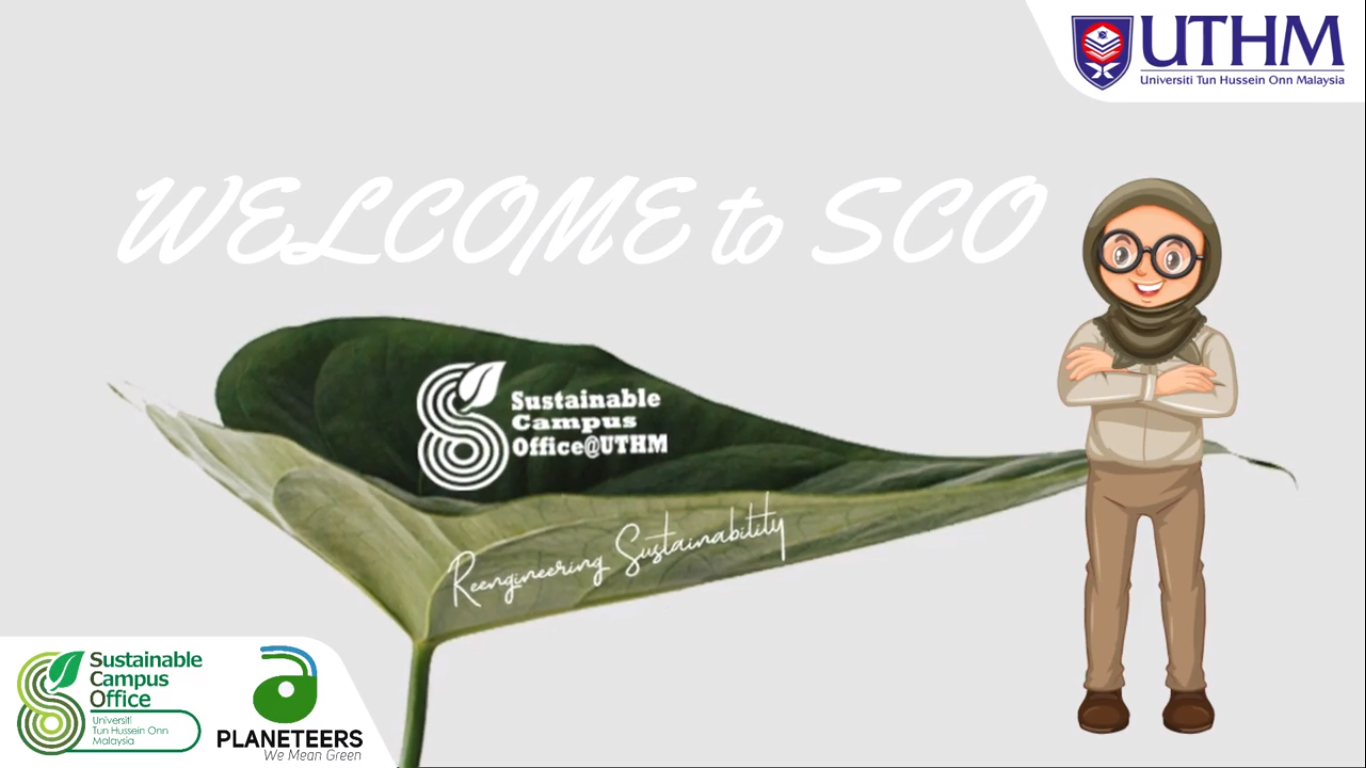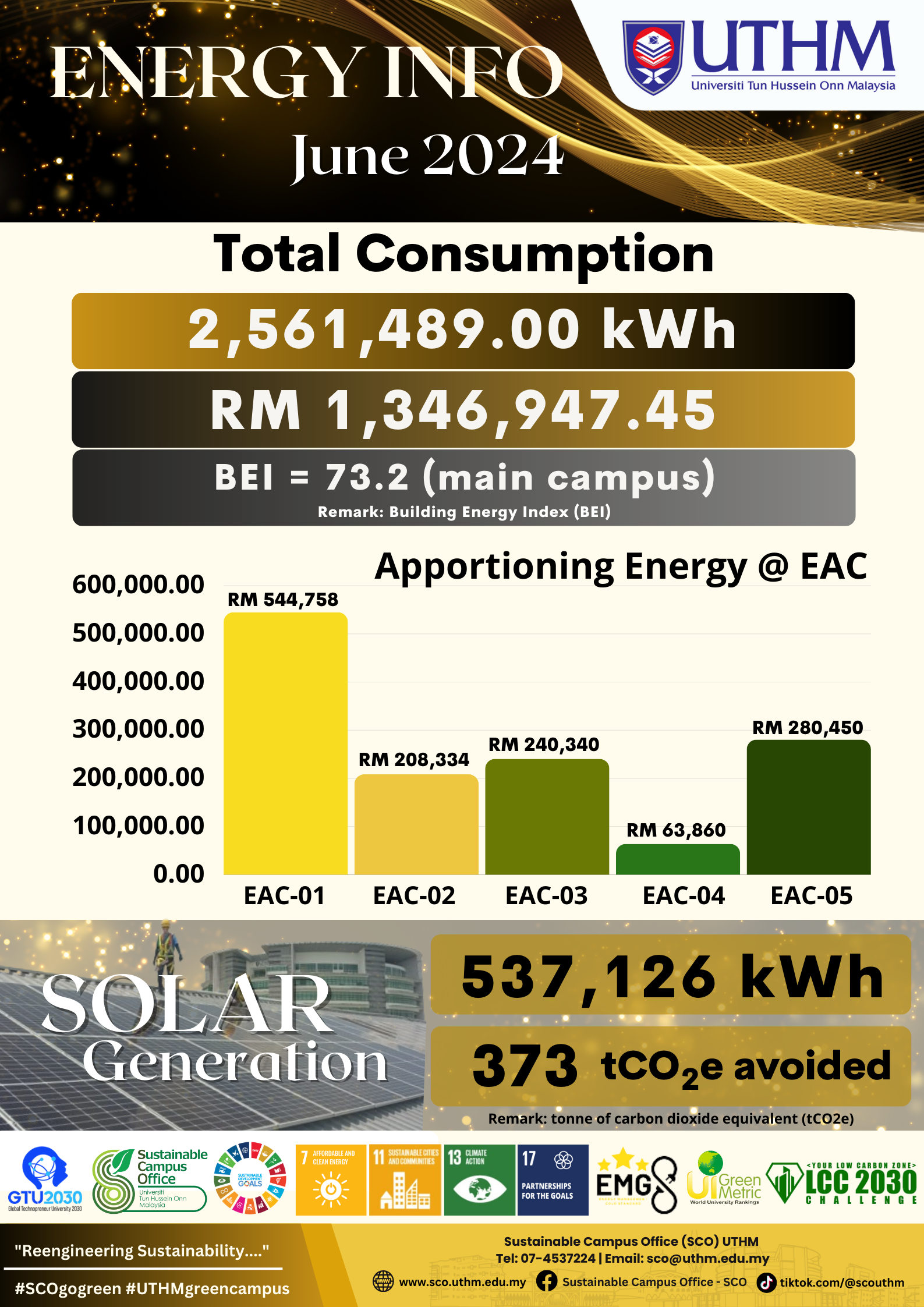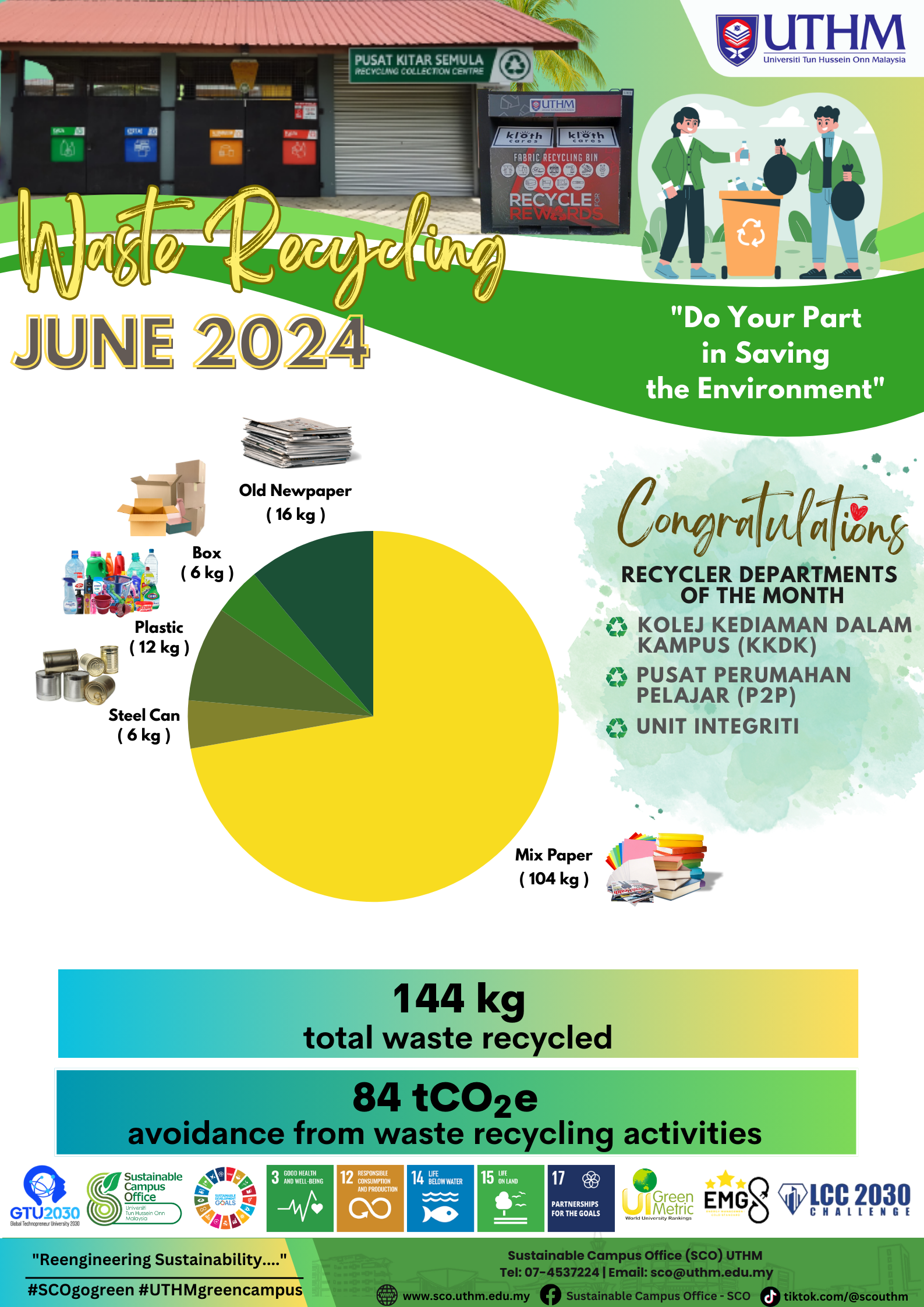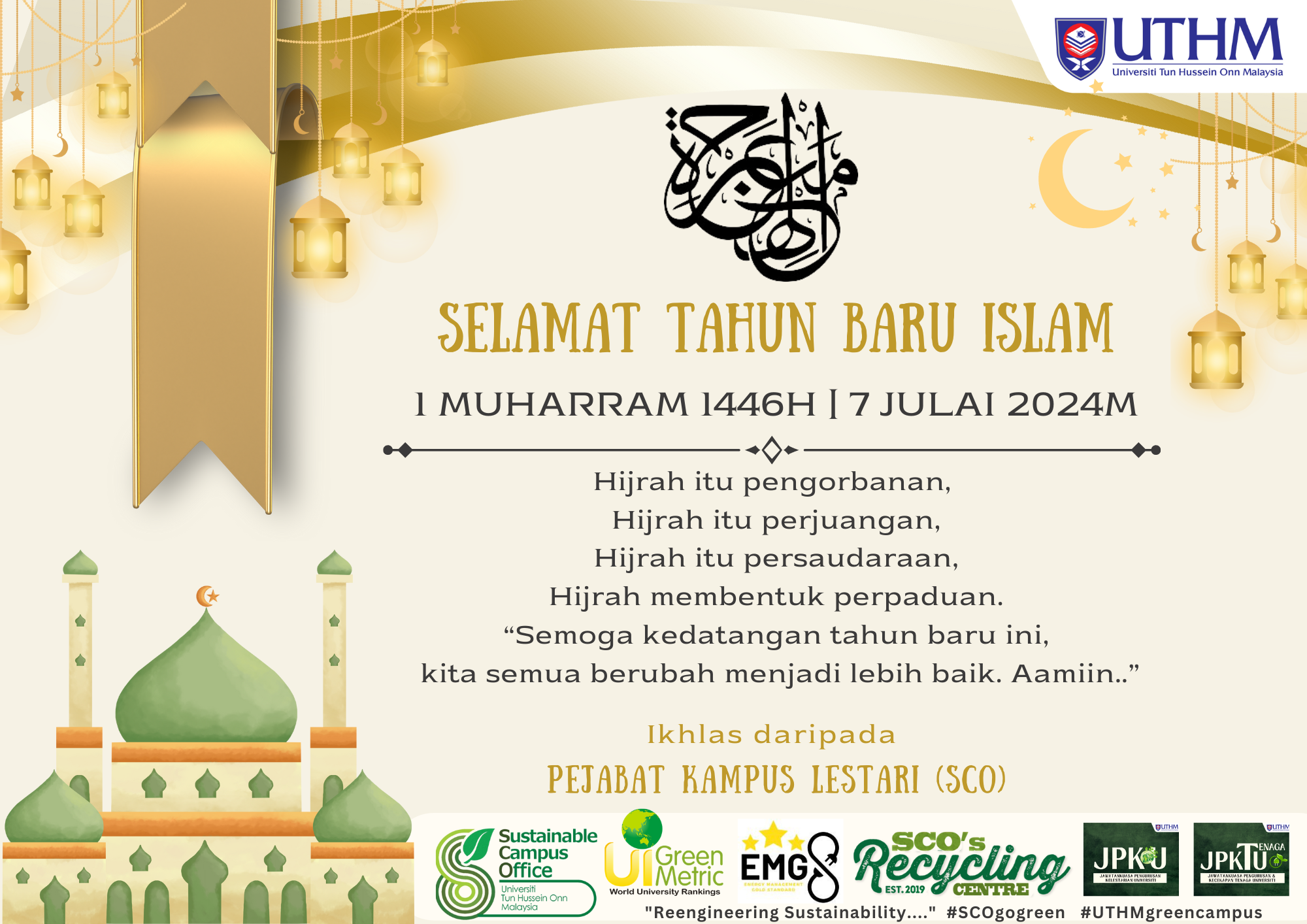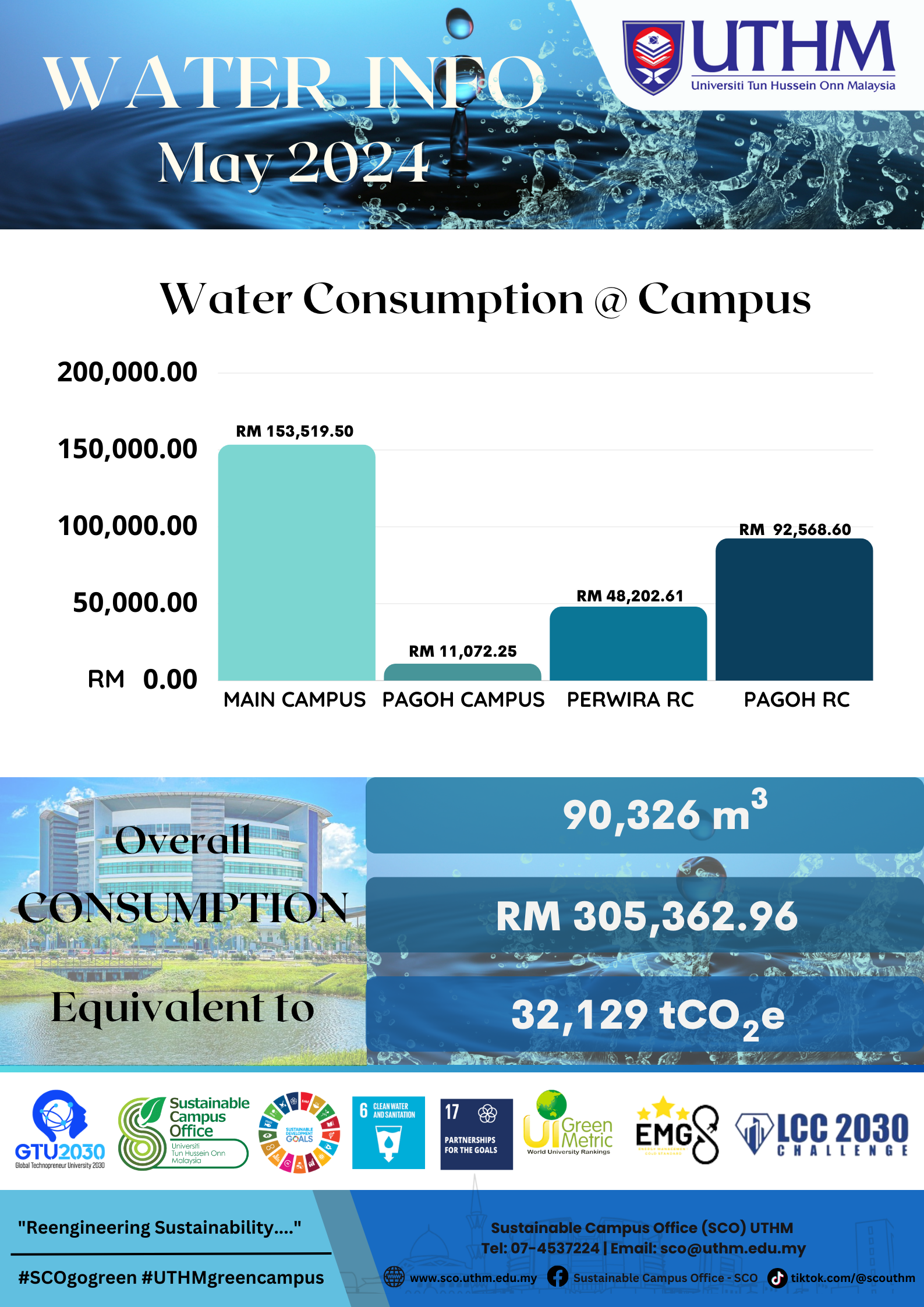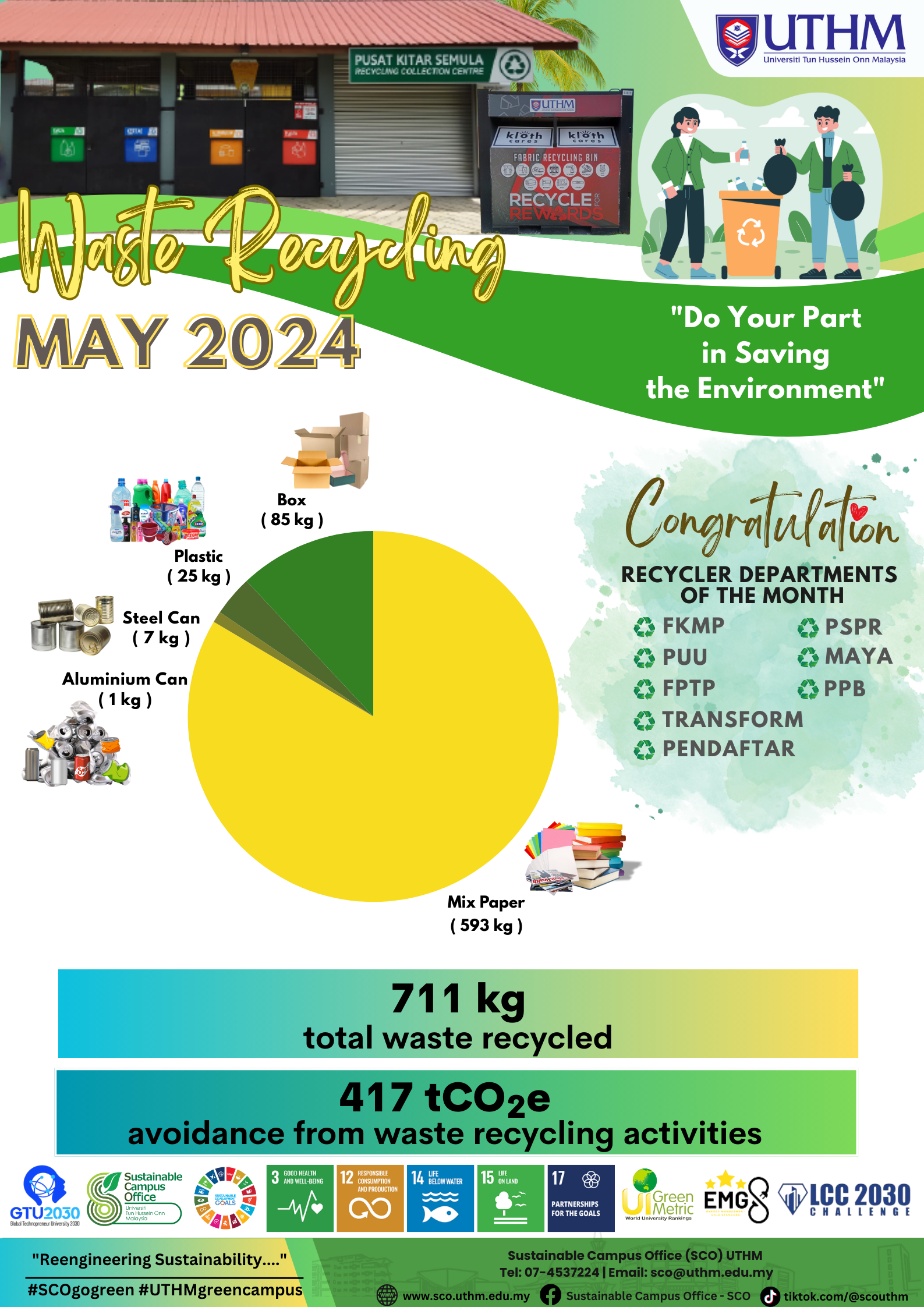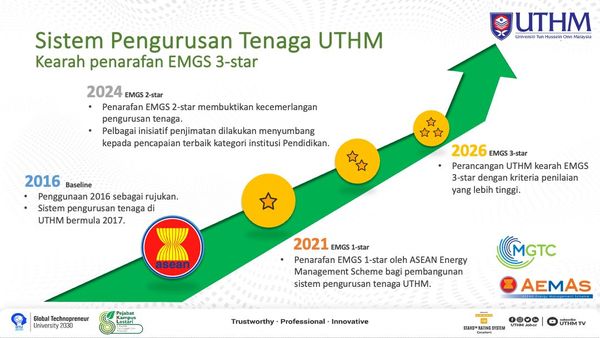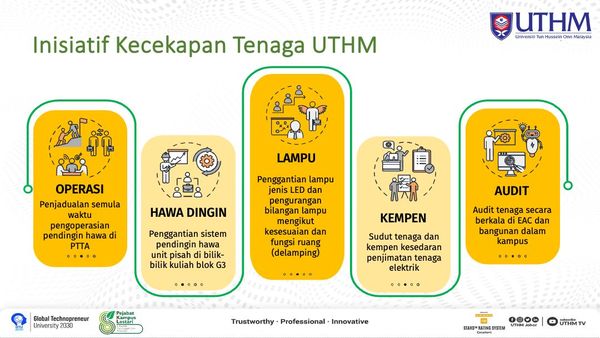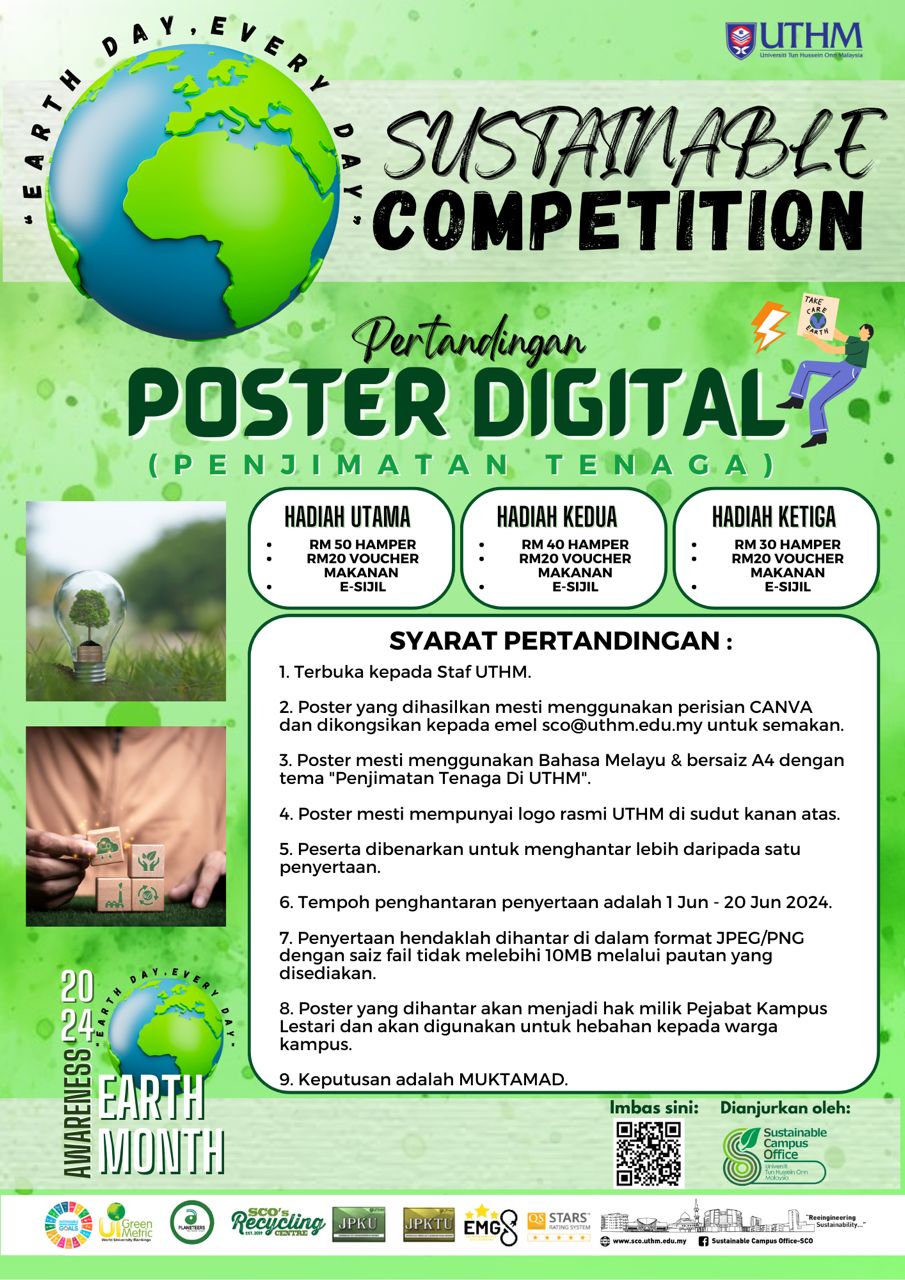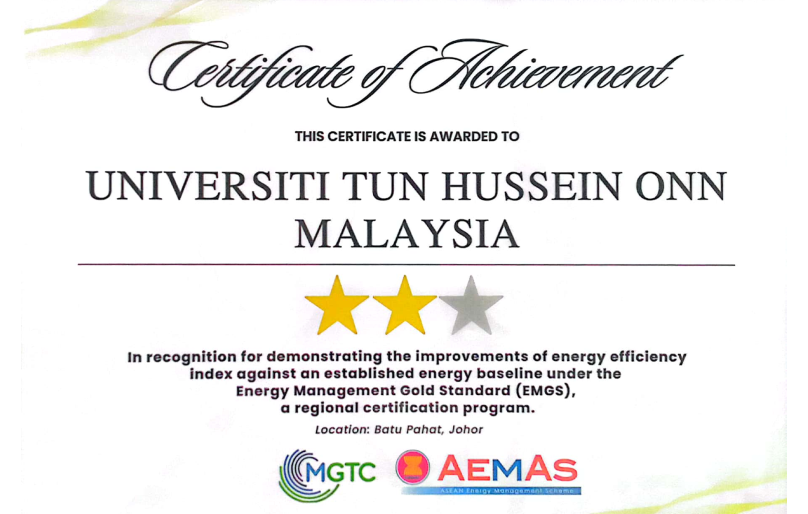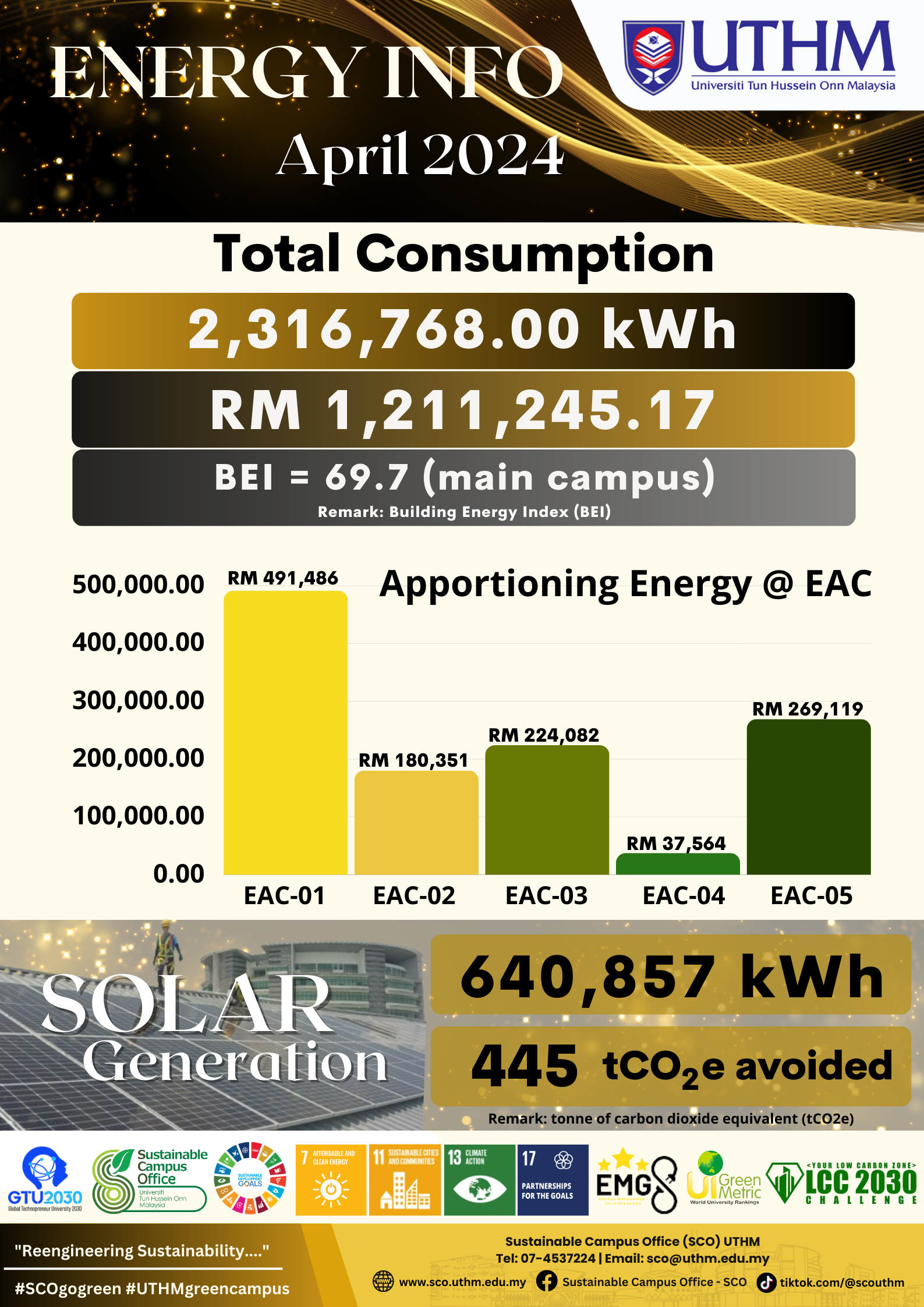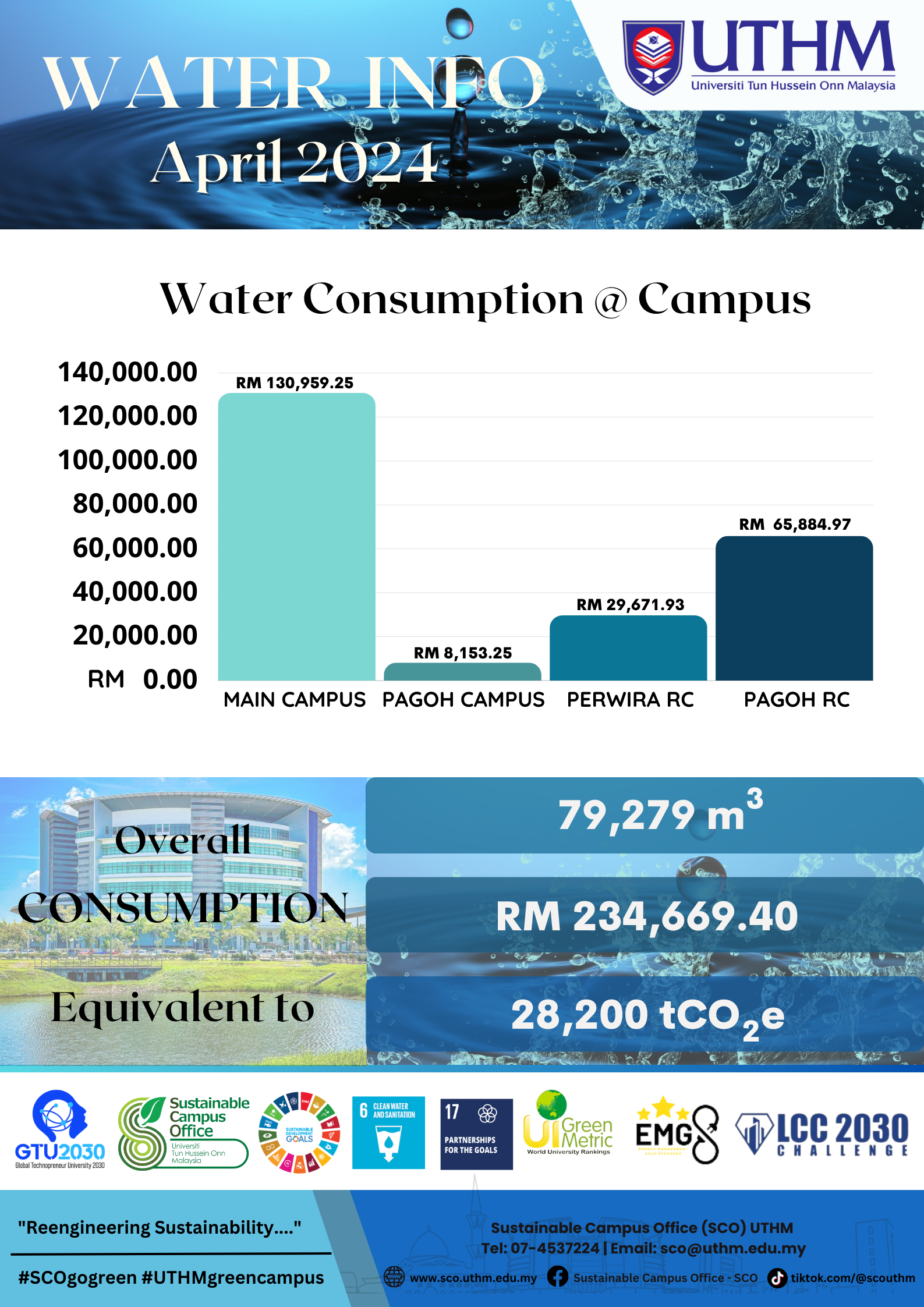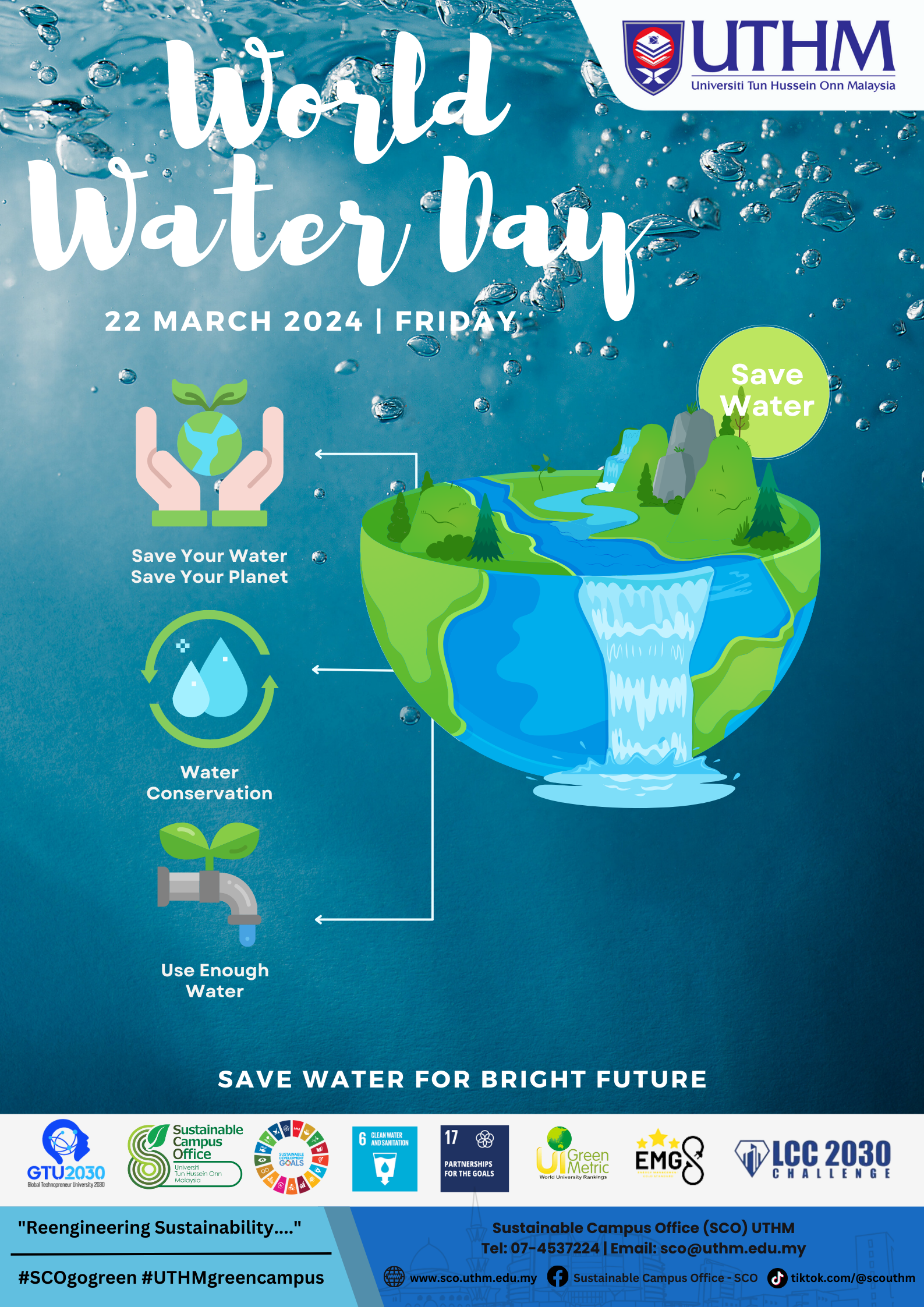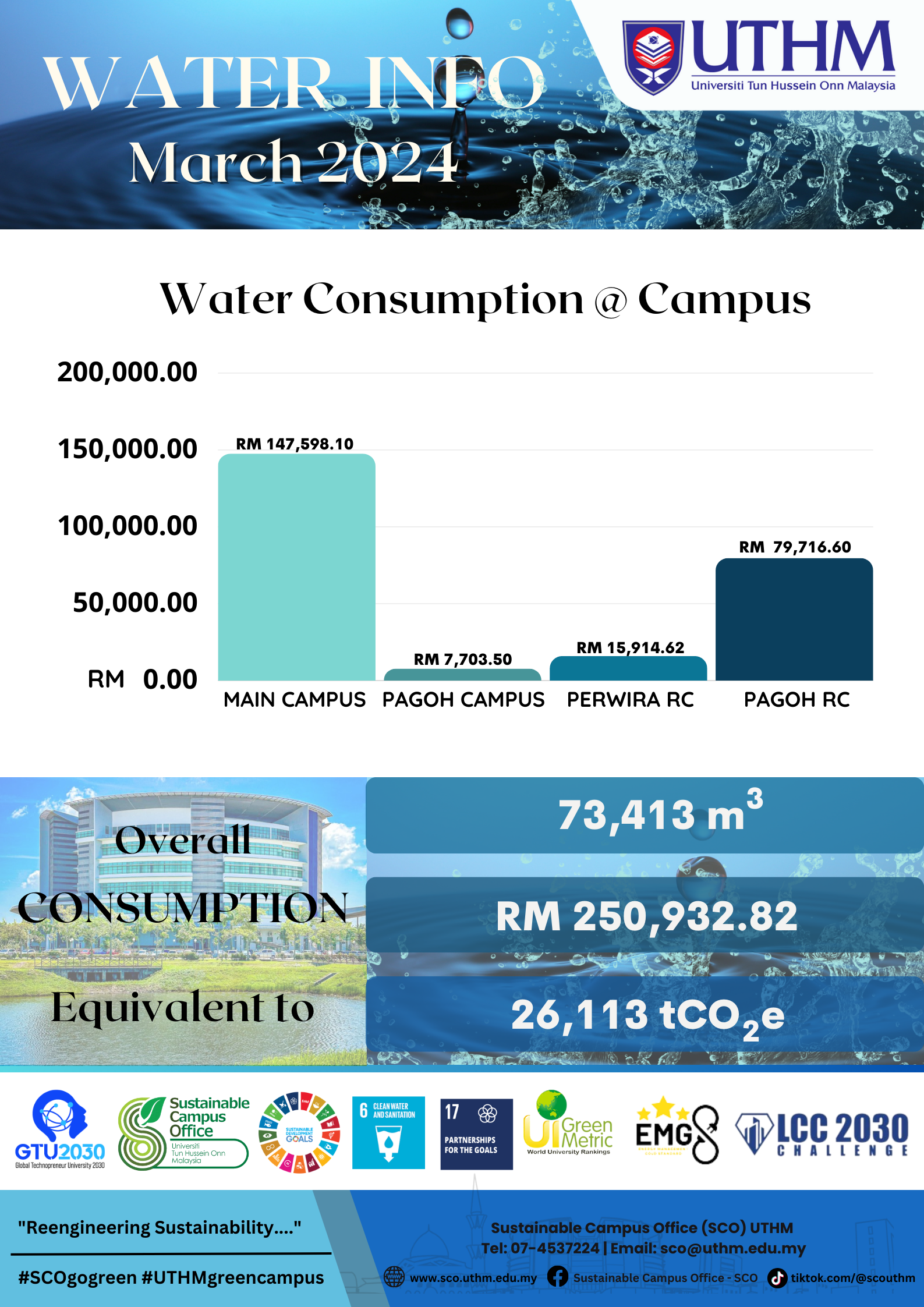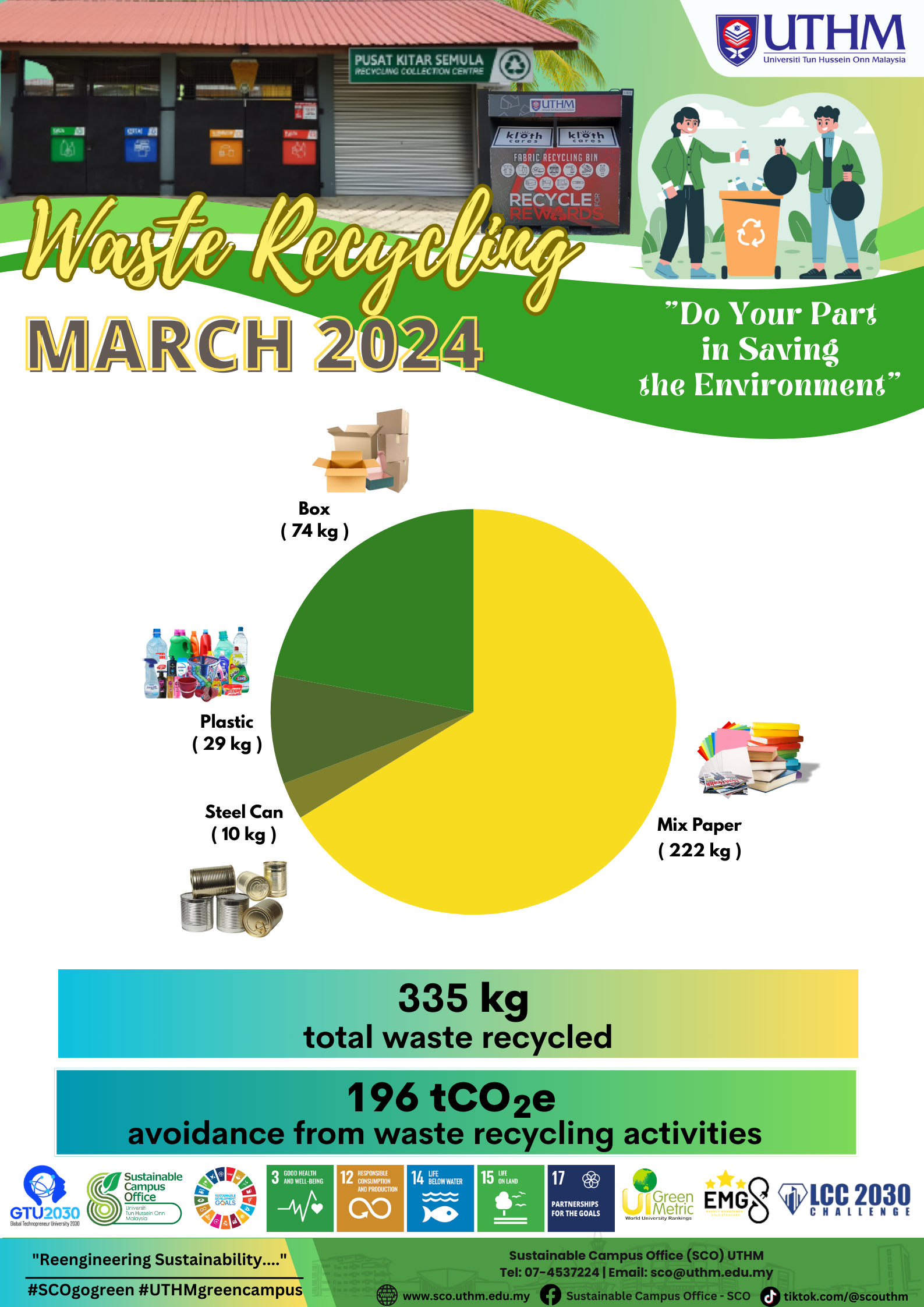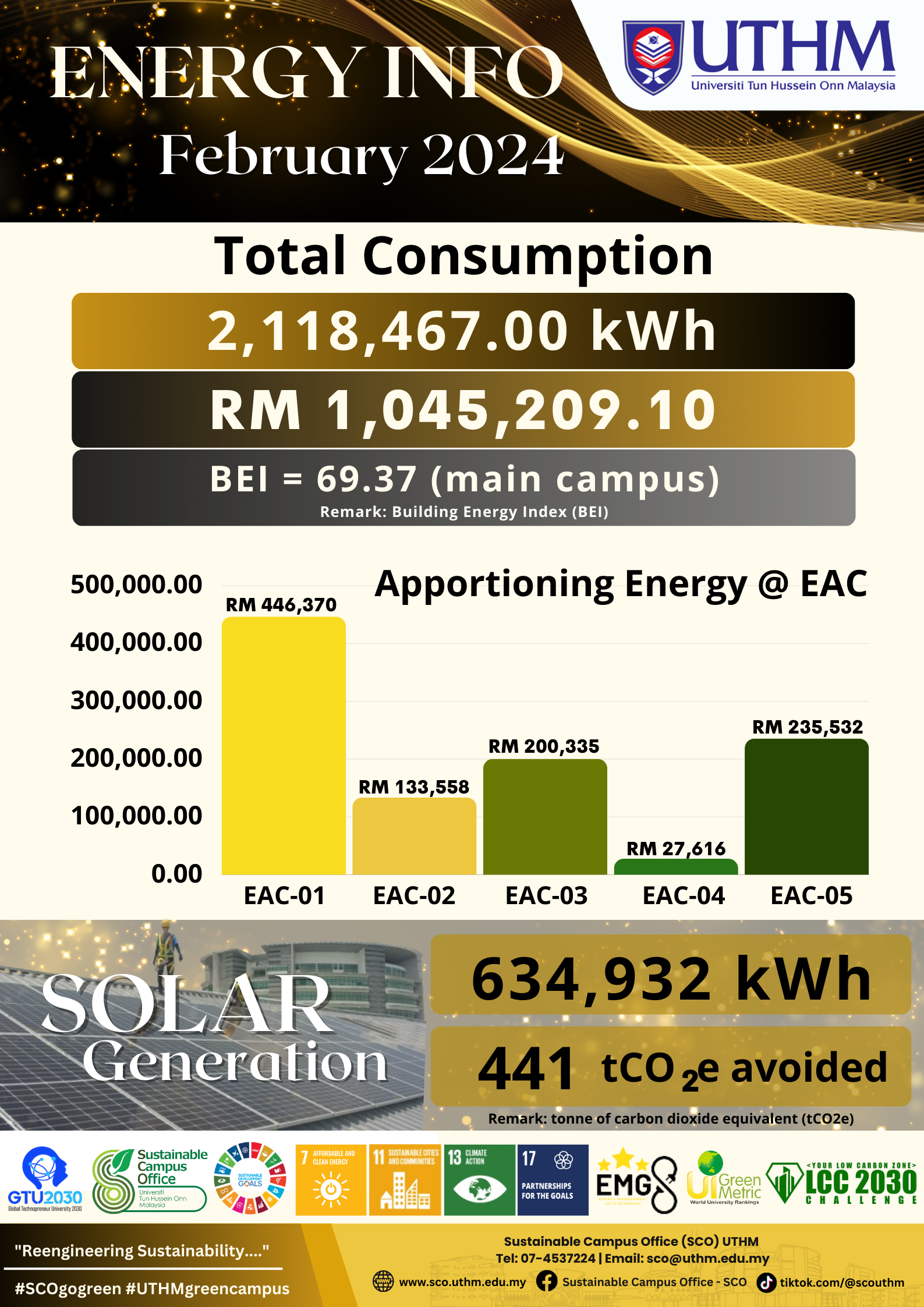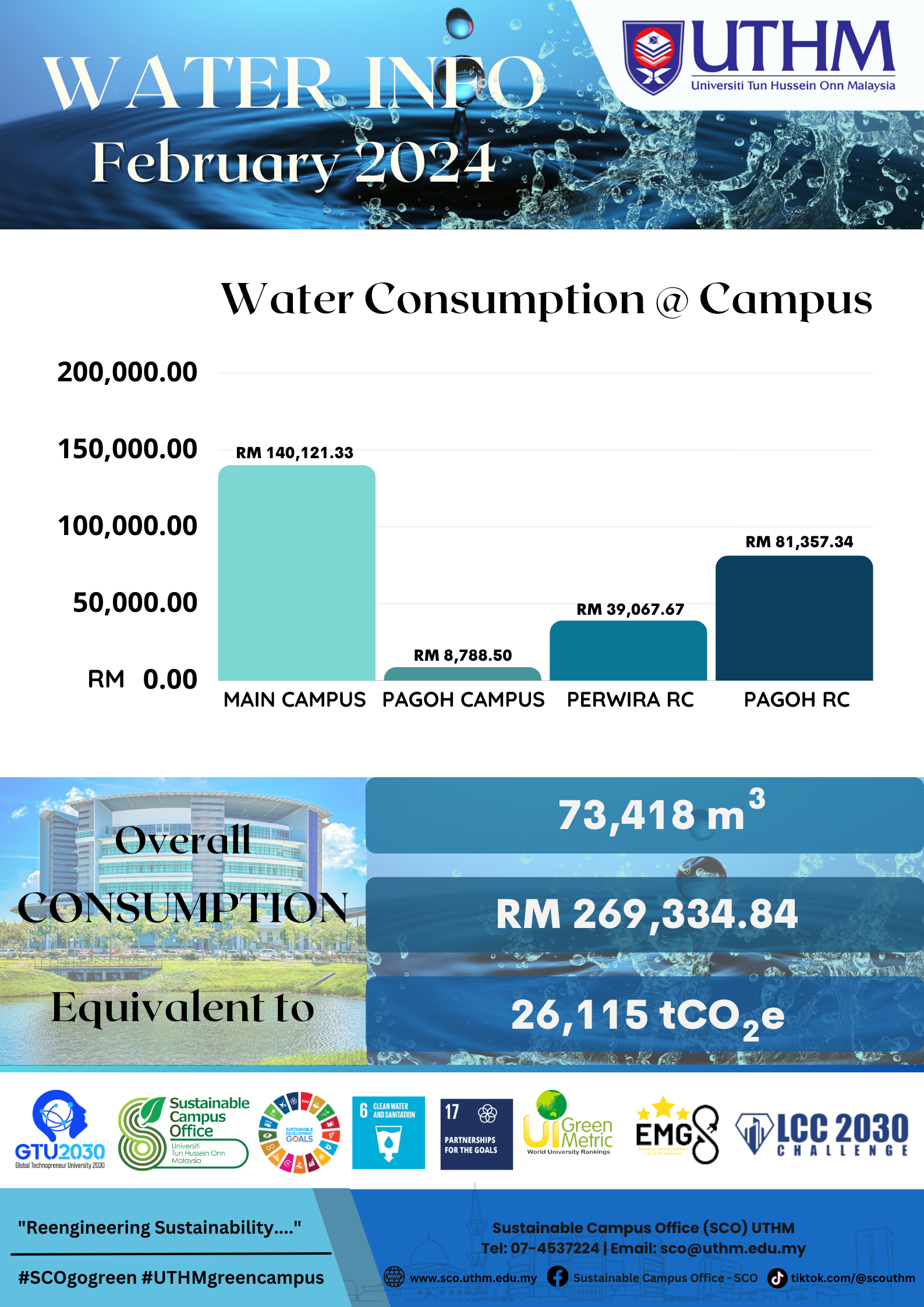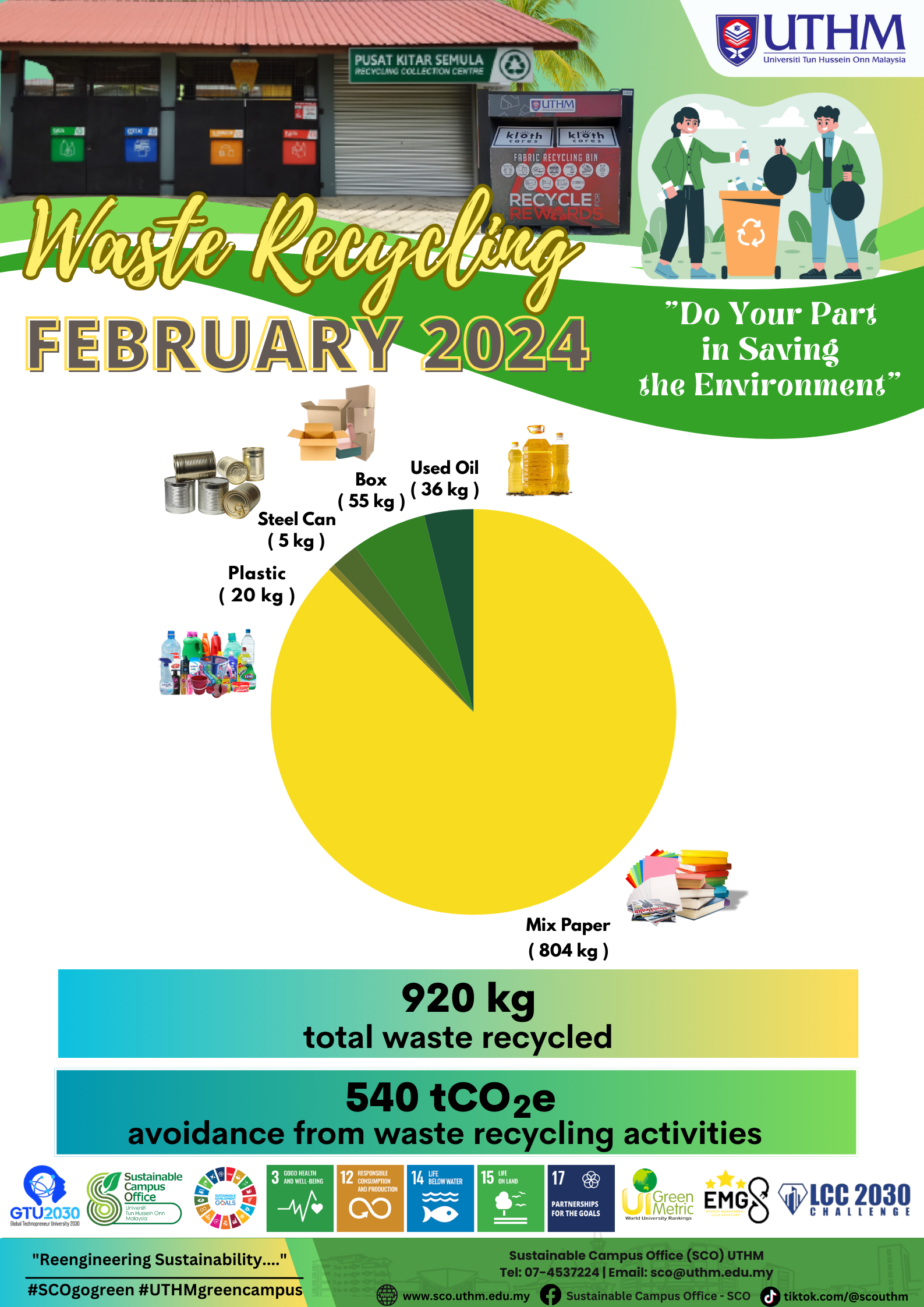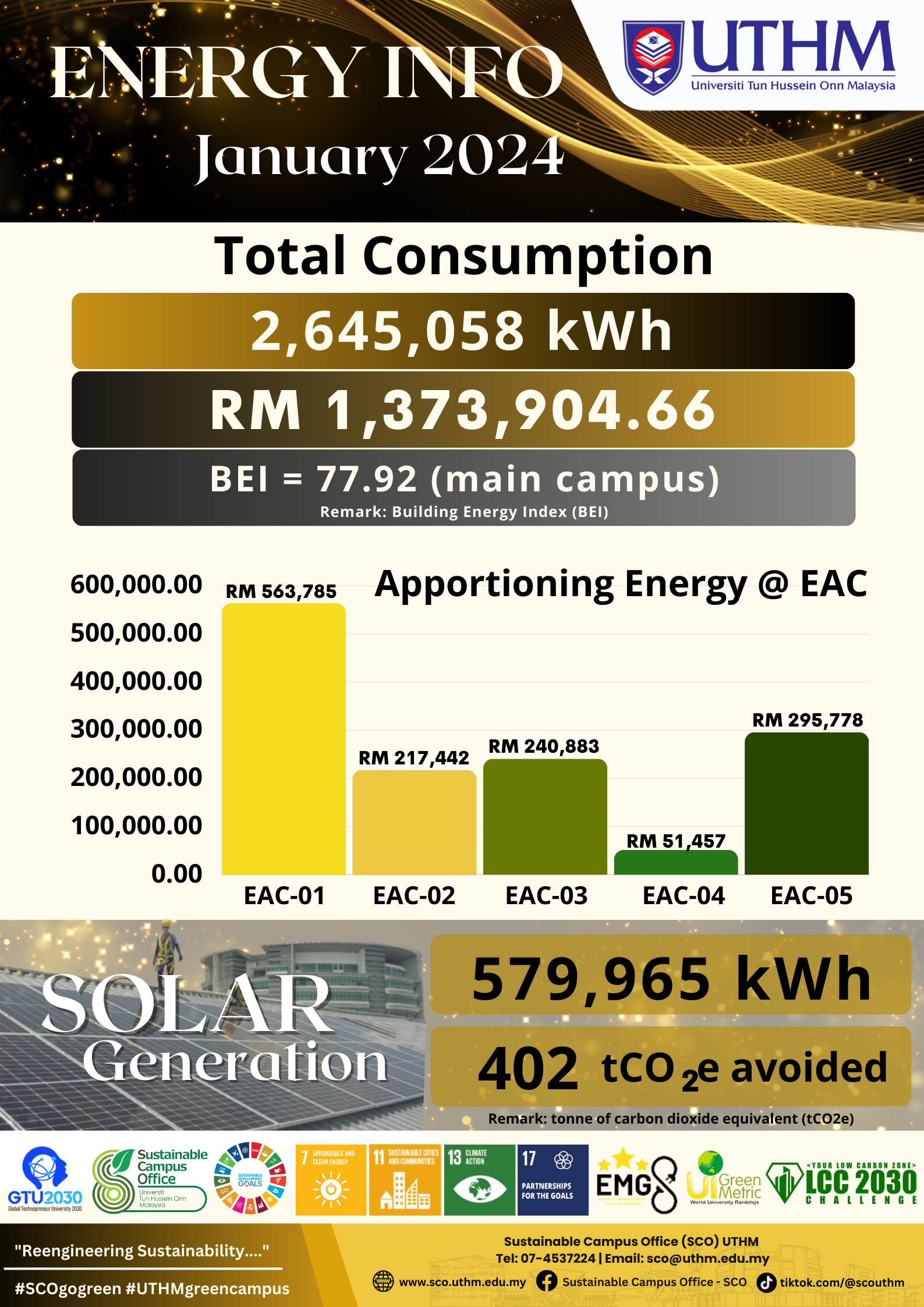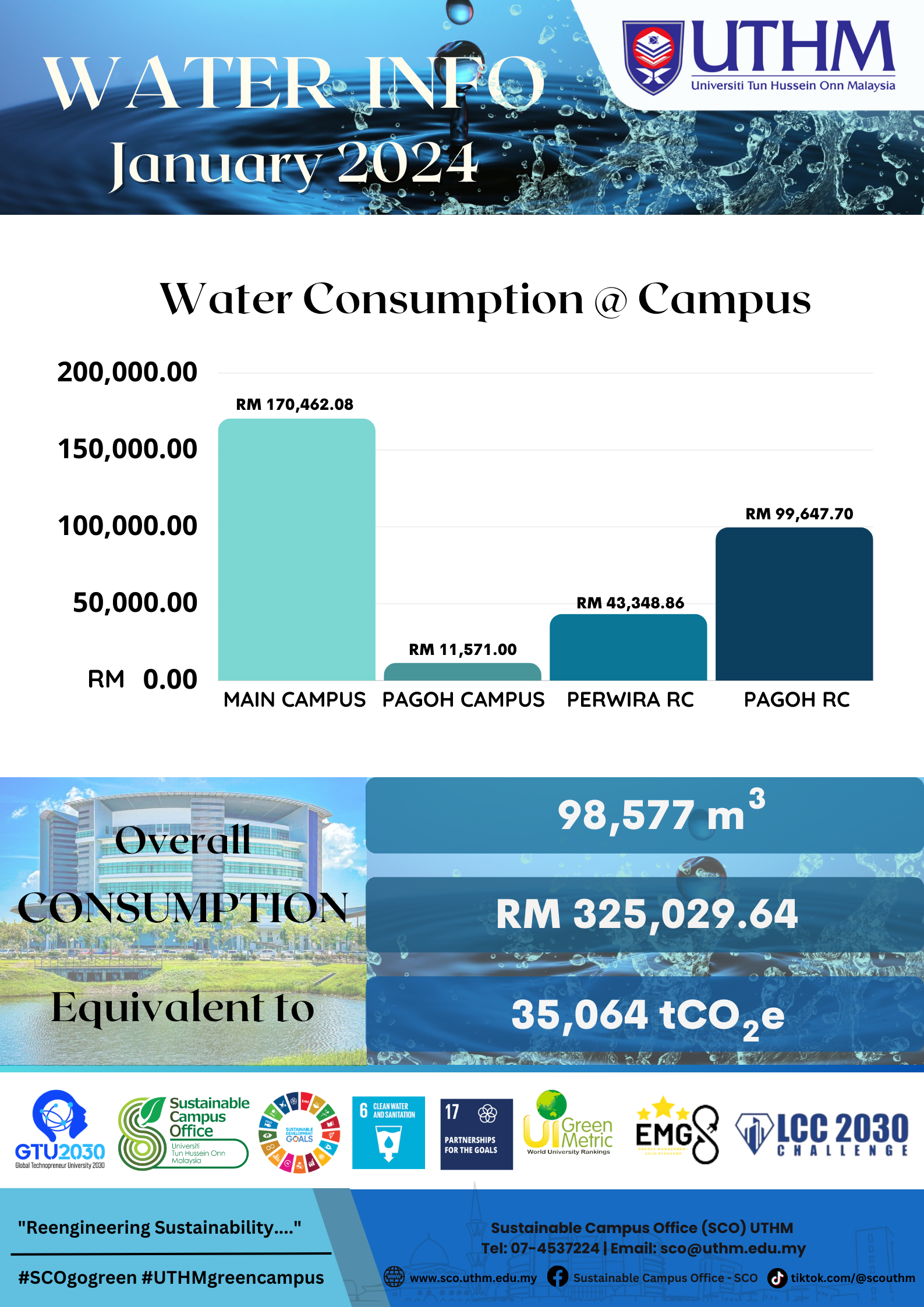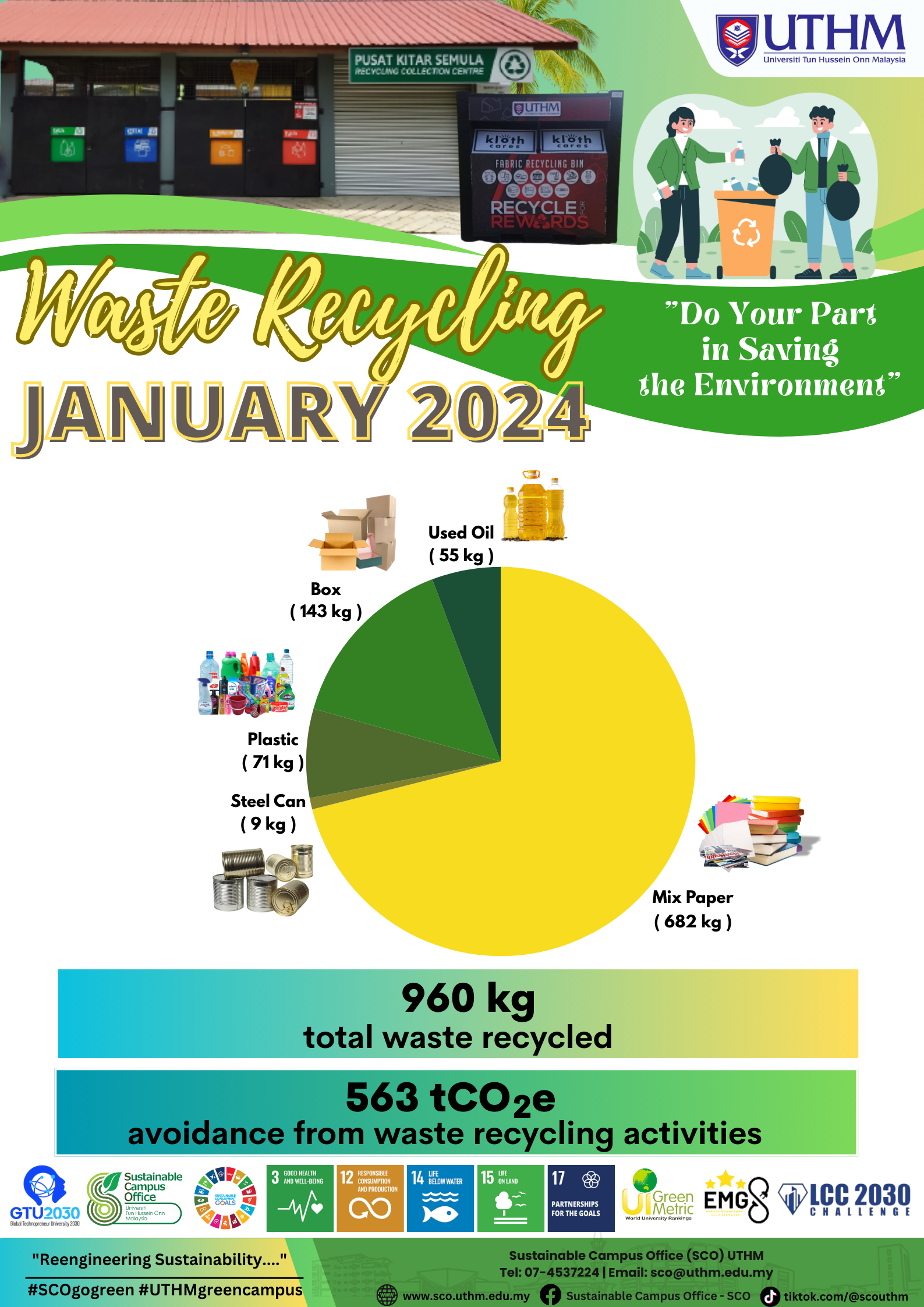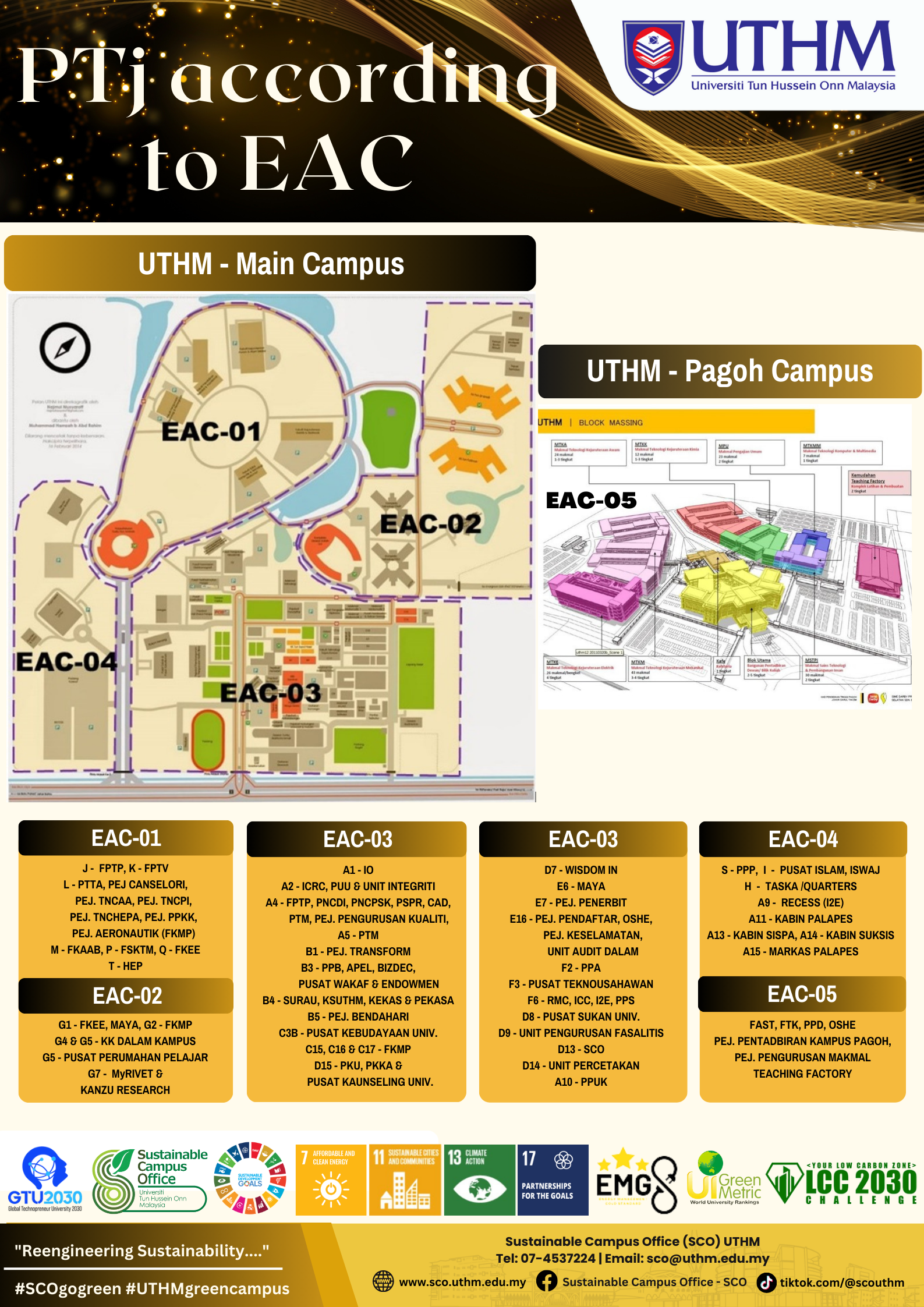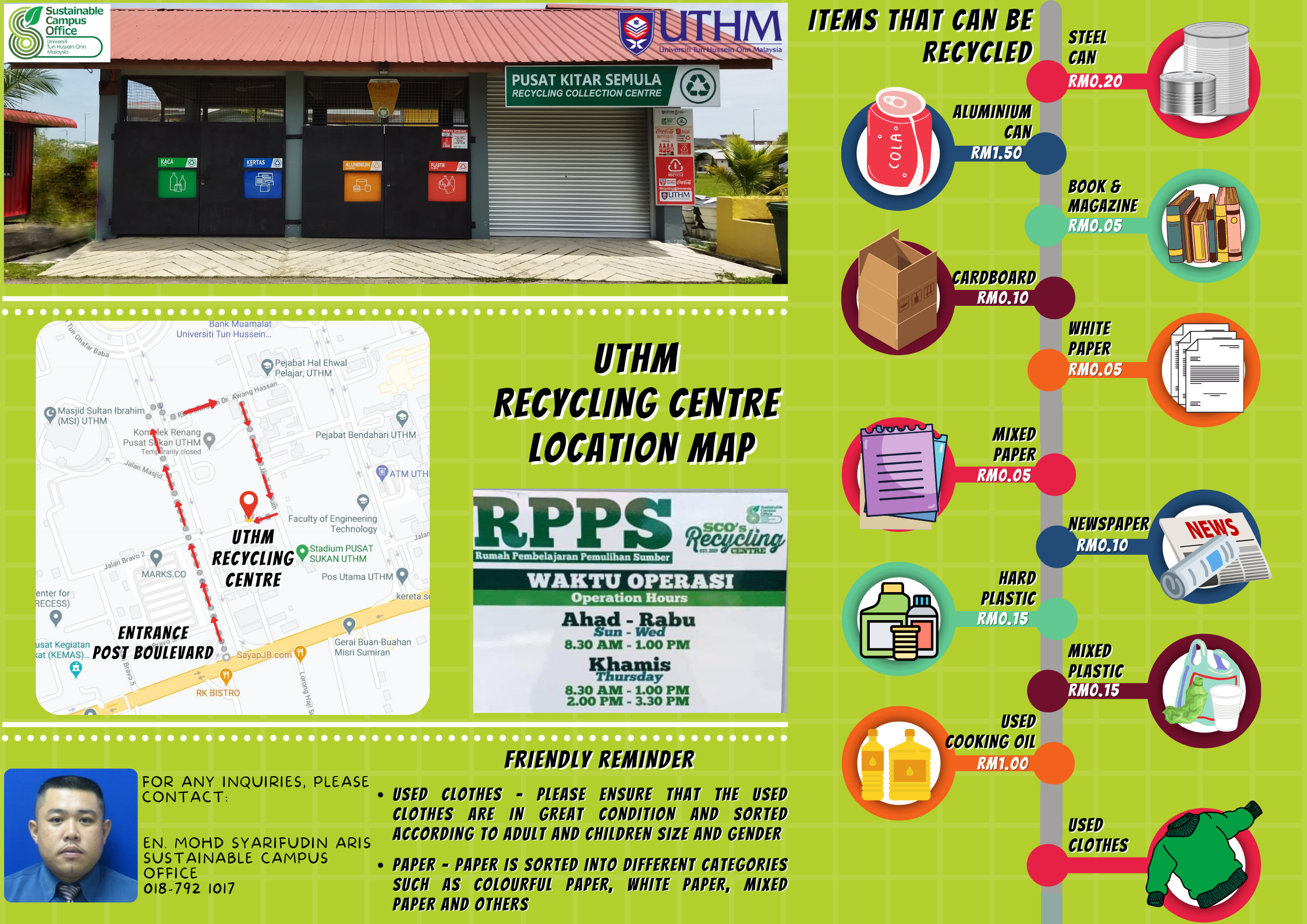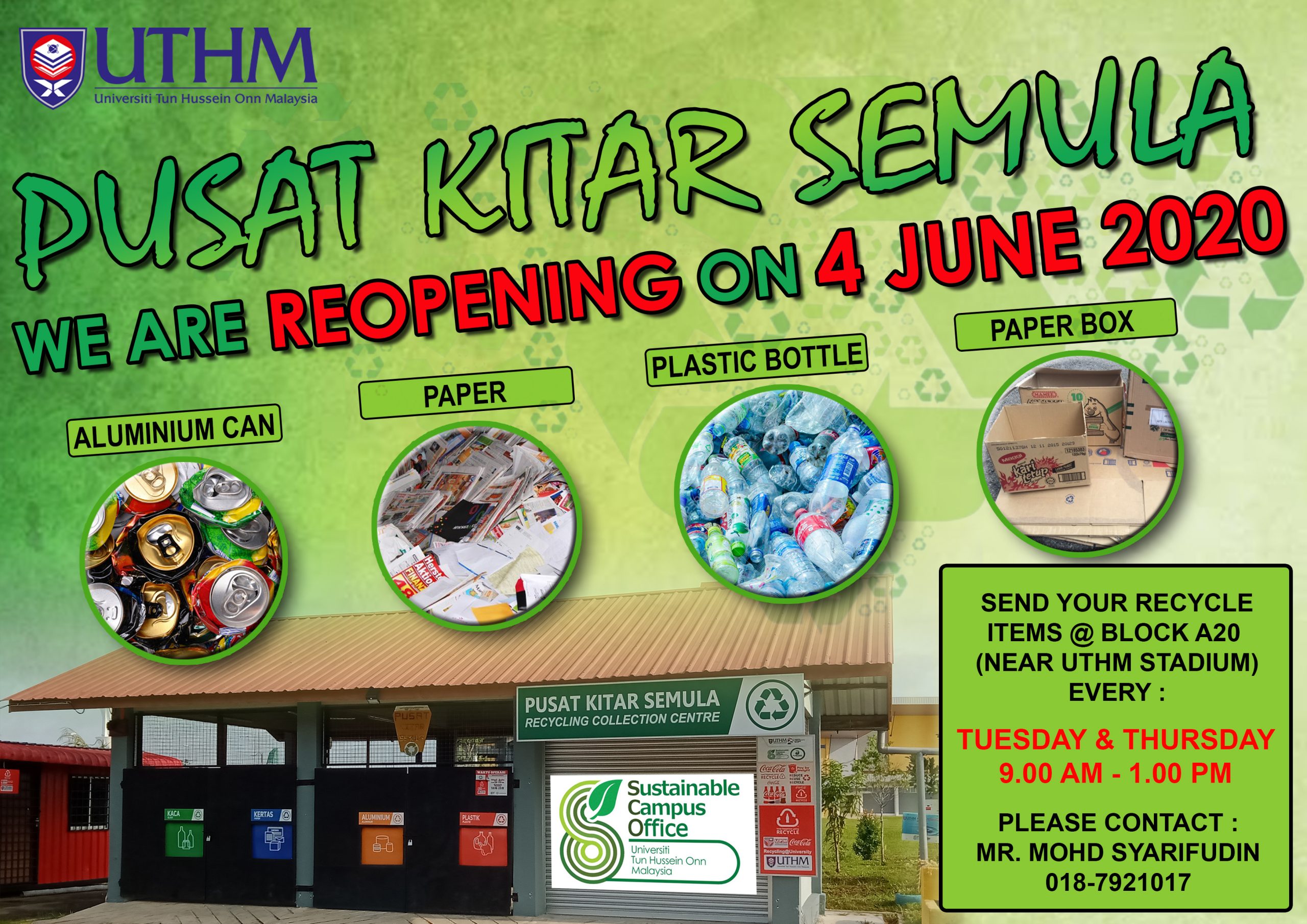5. Travel & Transport
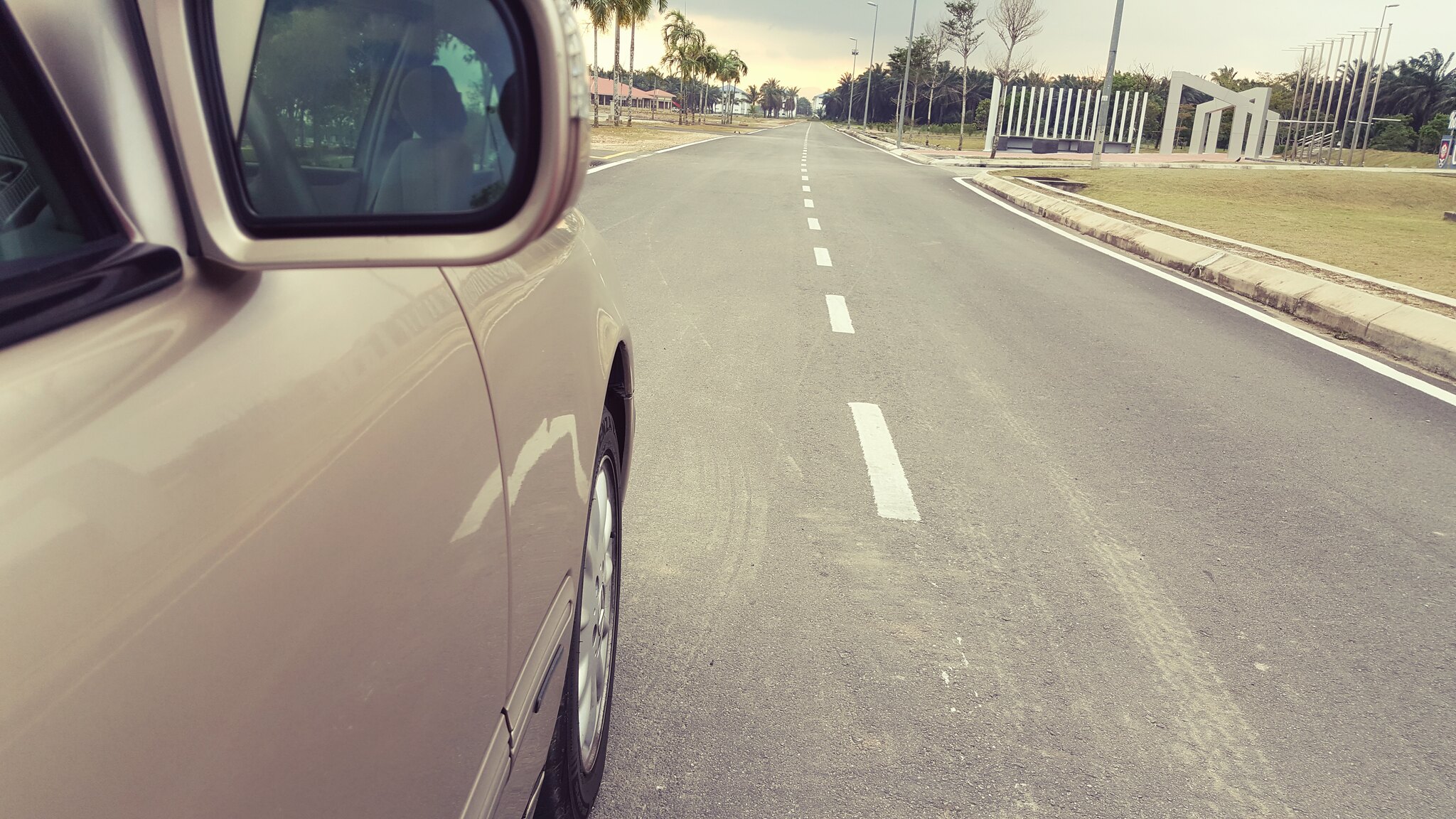
Introduction
Universiti Tun Hussein Onn Malaysia (UTHM) is home to more than 50 points of interest, such as offices, laboratories, lecture halls, recreational and sports facilities, cafeterias and residential colleges. With more than 16,000 students and staff, the UTHM campus is a hive of activity during the weekdays. Private vehicles (i.e. cars and motorcycles) are the primary choice of travel within the campus. The large number of vehicles in the campus is attributed to the ever increasing student intake and the high dependency on private vehicles. As more vehicles enter the UTHM campus, the impact on environmental quality of the campus has become one of the most critical issues that calls for a comprehensive sustainable transportation system. Hence, a Sustainable Travel and Transport plan has been developed to address this issue.
Strategic Aim
-
To promote sustainability in travel and transport options across the university.
-
To encourage the use of means of transport other than private vehicles.
-
To facilitate active participation from the campus community in reducing the environmental impacts of transportation
Objectives
- To reduce emission of greenhouse gases from public and private vehicles in the university.
- To encourage students and staff to use public transportation as a preferred mode of travel within the campus.
- To promote non-motorised travel in the campus as a healthy and sustainable travel option among students and staffs.
- To minimise single occupancy vehicle use and encourage ride-sharing programs in the campus.
Key Performance Indicators (KPIs)
- Reduction in number of private vehicles
- Increase in bus ridership
- Increase in walking and cycling
- Reduction in single occupancy vehicle use
Achievement & Reports
- Expansion of covered pedestrian foothpaths linking on-campus residential colleges to the lecture halls.
- Incorporation of Sustainable Transportation in Civil and Environmental Engineering courses:
Eg./ Transportation Engineering (BFT40303), Advanced Traffic Engineering (BFT40503); and Transportation Planning and Engineering (MFA10403).
- Research grants obtained for studies on sustainable transportation:
- Clustering urban bus driving behaviour using K-mean analysis method for Malaysian smart driving guidance (FRGS Vot 1451).
- Kajian Pemanduan Bas Dalam Kawasan Bandar dan Kesannya Terhadap Penggunaan Minyak (GPPS U027)
- Pedestrian Utilisation of Crossing Facilities, Gap Acceptance and Crossing Decision Along Urban Streets in Malaysia (GPPS U440)
- Investigating Pedestrian Interactions with Vehicular Traffic and Road Environment at Crossing Facilities for the Reduction of Pedestrian Vulnerability and Accidents (FRGS Vot 1485)
- Pelan Pengangkutan Lestari: Penggunaan Bas Teknologi Elektrik Dalam Sistem Pengangkutan di UTHM (CG U395)
- Reports will be submitted to the UTHM Sustainable Campus Office periodically.
